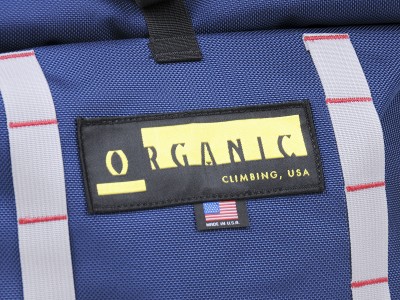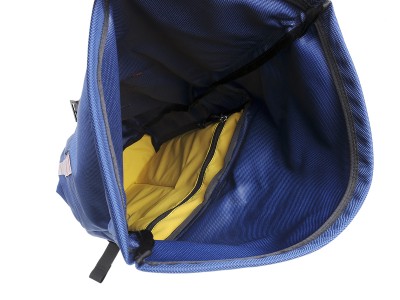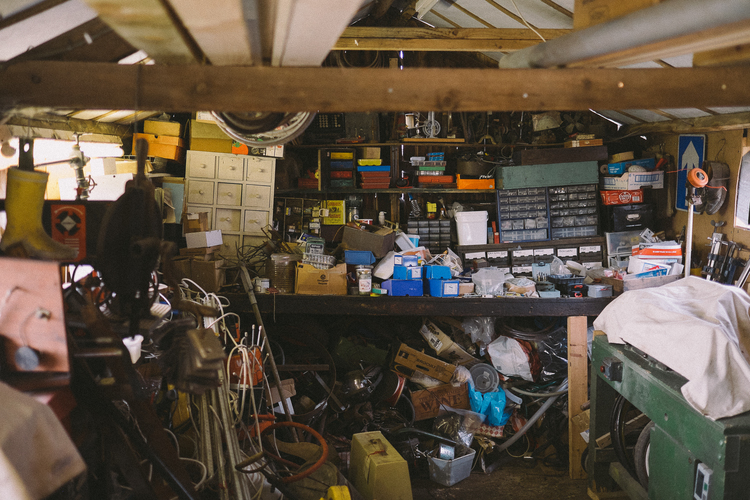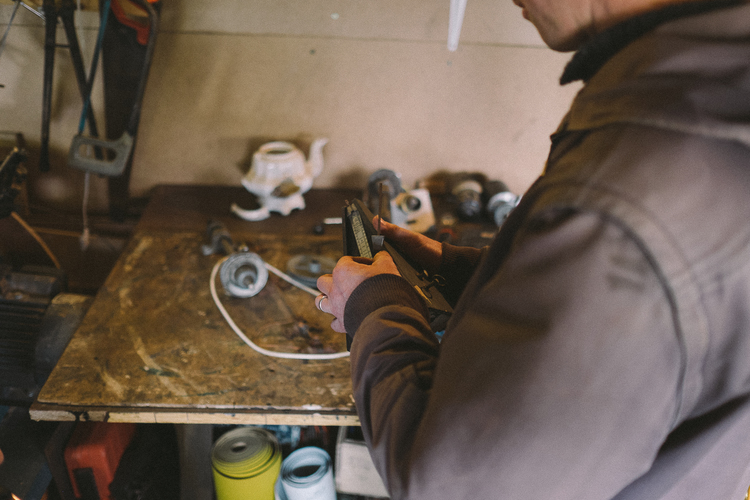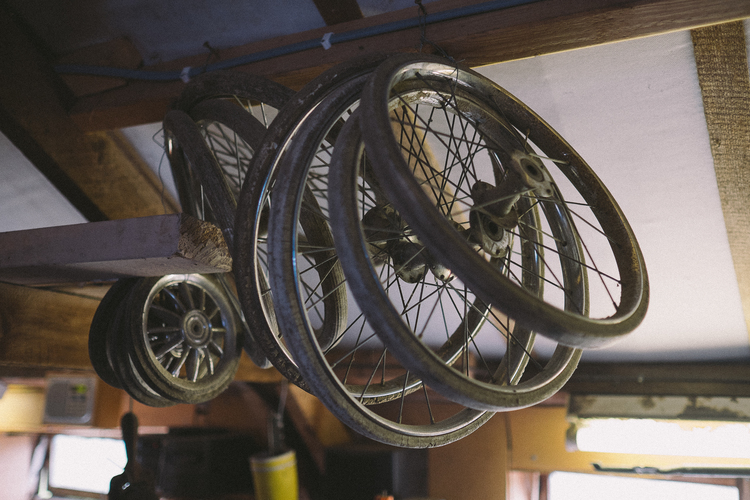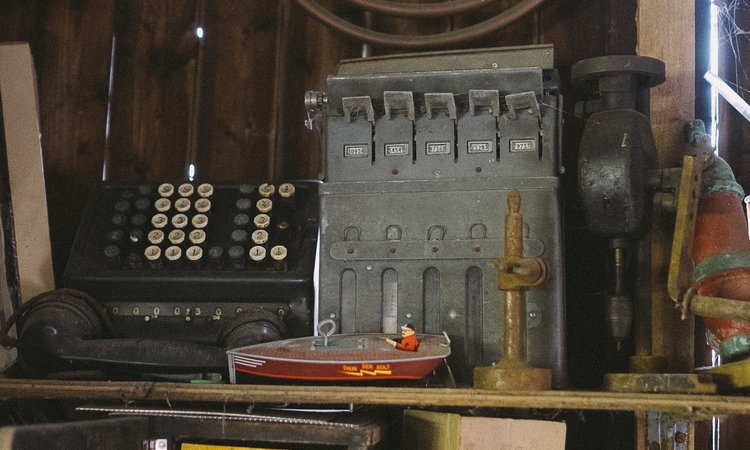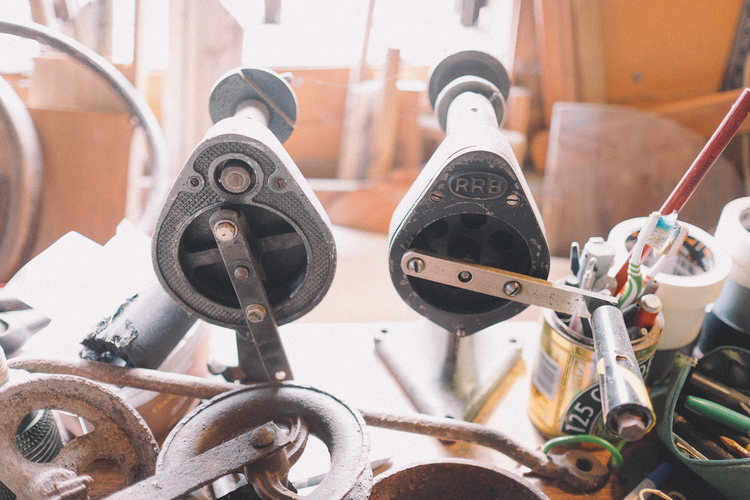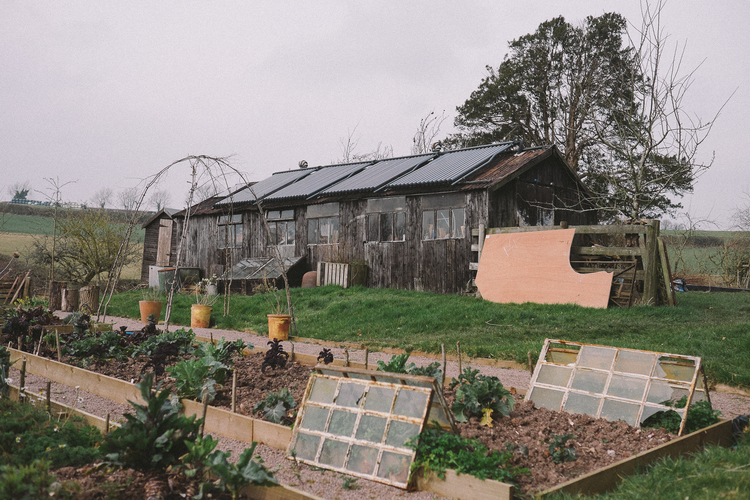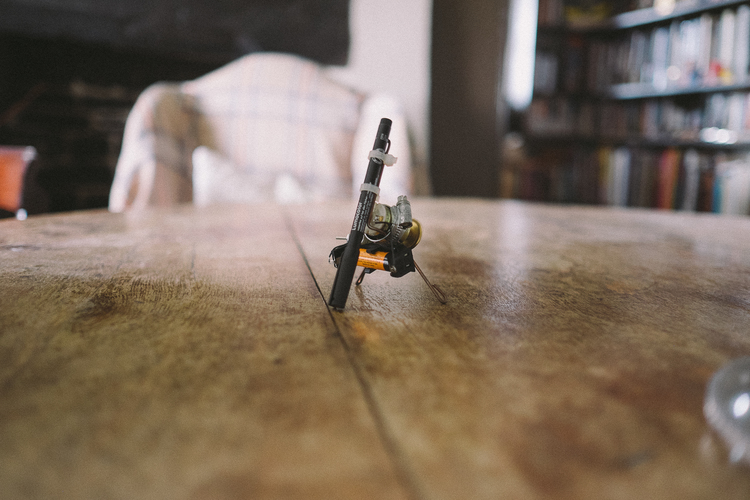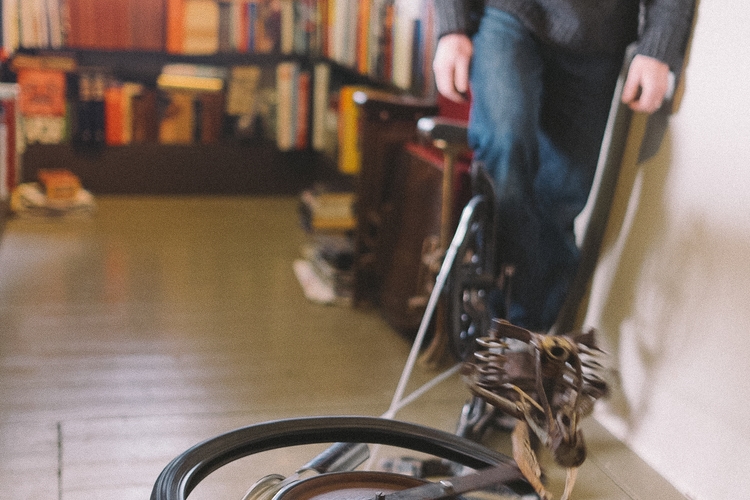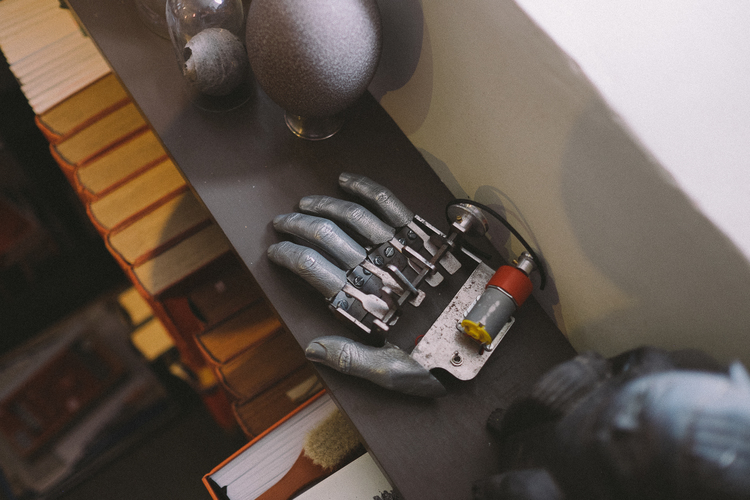It's the sixth and final phase of our Age of Reinvention competition in collaboration with Pedlars and The Good Life Experience. This time, we're offering a Swiss Army officer jacket – what would you make out of this?
Measurements: pit to pit 54cm, length 75cm, sleeve length 60cm
A century ago, Britain was known as “the workshop of the world.” It was a hotbed of invention and industry. After a 100 years of decline, we’re seeing a real resurgence of craftsmanship – a return of traditional industries, swathes of makers taking risks to set up businesses based on doing what they love and buyers who value the story behind the products they buy.
To celebrate this new age of innovation, we've launched the Age of Reinvention competition – a chance for amateur inventors to furrow their brows, doodle on graph paper and transform old items into unique and practical products. The competition is brought to you in collaboration with our friends at Pedlars, purveyor of wonderful homewares, gifts and quality vintage, and The Good Life Experience, a festival of music, food, culture and the great outdoors.
Between January and August 2015 we're offering six items for reinvention. Each month, Ernest Journal and Pedlars will choose their favourite design concept then post the item to the inventor so they can work their magic. We will then exhibit the six completed items at The Good Life Experience (18-20 September 2015) and give each successful inventor two free tickets to the festival and a subscription to Ernest Journal.
The sixth item on offer is a Swiss Army officer jacket, made from cotton. The jacket is size L with a pit to pit measurement of 54cm. The length is 75cm and sleeve length is 60cm.
For inspiration, have a look at the winning designs from our first and second rounds:
Age of Reinvention #1: a maker's smock
Age of Reinvention #1: a military groundsheet turned into a maker's smock, by Francli
Age of Reinvention #2: pair of fireplace sides turned into a cooking set, by Grain & Knot
How to enter
Simply share a sketch of your proposed design with us on Twitter or Instagram, mentioning @ernestjournal and @PedlarsWorld and using #AgeofReinvention.
The deadline for your design idea is 26 July 2015.
If you have any queries, email features@ernestjournal.co.uk
Terms and conditions:
1. The closing time and date is 11.59pm on 26 July 2015. Entries after that date will not be considered. 2. The winning entrant will be posted the item for them to reinvent and display at the Good Life Experience. 3. The prize is two tickets to The Good Life Experience and a subscription to Ernest Journal. 3. The prize is non-transferable and no cash alternative can be offered. 4. See our full terms and conditions.


























